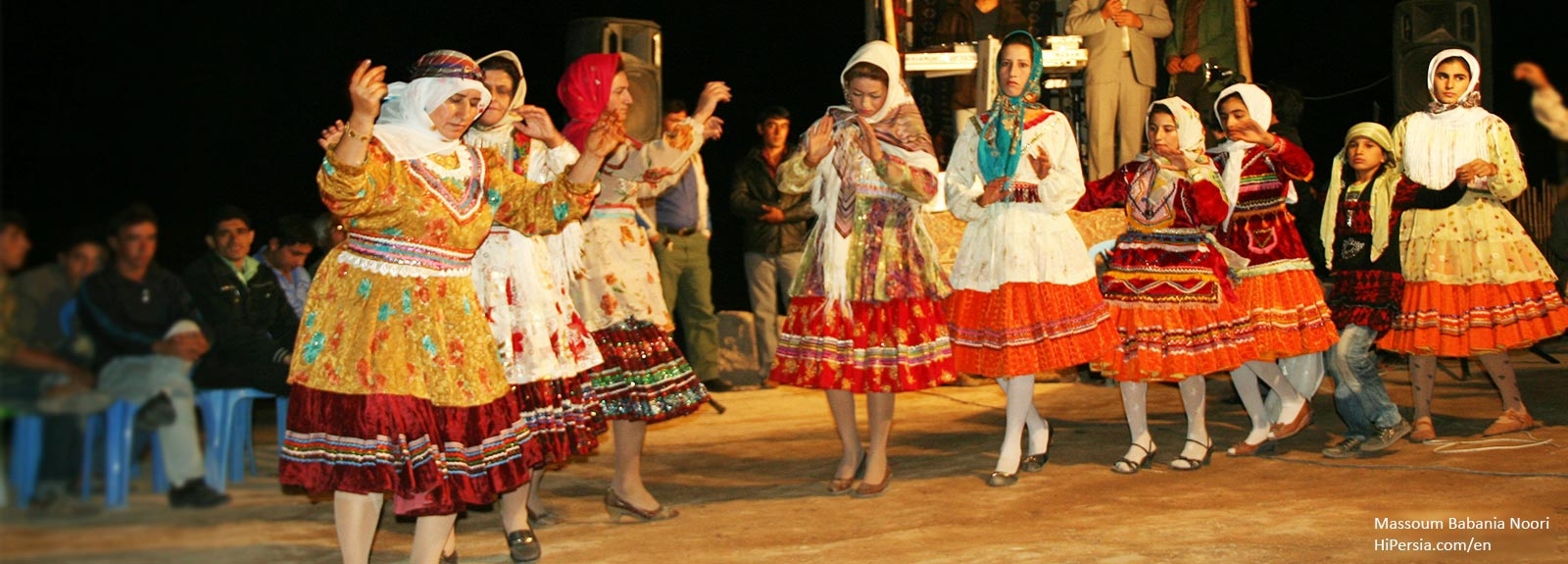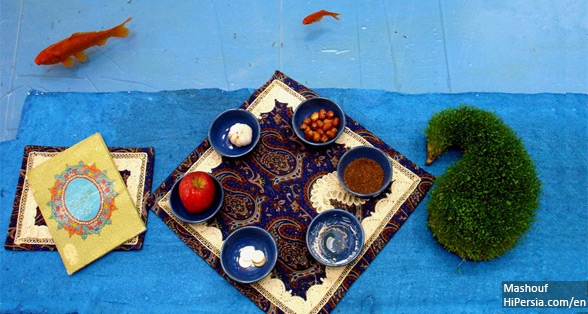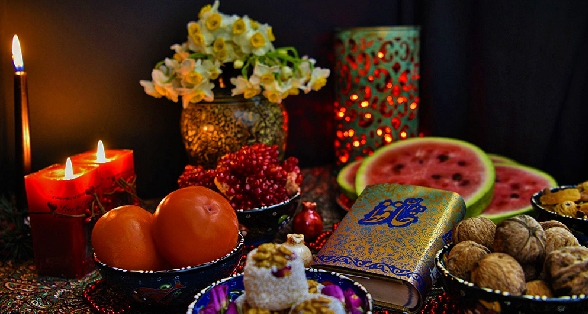




Kurmanj is one of the tribes of the Medes who reigned in the Zagros Mountains in the ninth century BC and they joined the Medes during the formation of the Median Empire.
Kurmanji Kurds were moved from the northwest of Iran after the 1610 war between Kurds and the Safavid Empire. After the Safavids massacred a large number of Sorani and Kurmanji Kurds in the 1610 war, a large number of them were moved by force to Khorasan, in the eastern part of Iran, to weaken and divide them.
Jonathan Rendell wrote in this regard: “Kurmanji Kurdish is the speaking language of these nomads. Kurmanji is the most widespread dialect group of the Kurdish languages. Northern Kurdish dialects, which use the Latin script, are the most common dialect group of the Kurdish language, spoken by 80% of all Kurds. The earliest textual record of the Kurdish language dates to the 16th century.
The only major Kurdish confederacy in Khorasan was the Chamish Gazak confederacy, which its name was changed to Zafaranloo confederacy, about 1760 AD (made up of about 32 tribes; 8 major plus 24 small tribes). Usually, about 4 to 8 units make an Obe depends on their livestock size.

Ill-khan as head of the Kurdish confederacy had strong political power and was in relating to the central government. Ill-khan also was responsible for protecting the State borders from warriors. The confederacy was a combination of some tribes as a wider political organization; an affinity was recognized with adjacent tribes such as the Kawanlu, Topkanlu, Kikanlu, Jalai, Maliwanlu, and Qarachorlu as Za’afaranlu confederacy. These political power rankings and principles were destroyed in Reza-shah time, 1920 AD, wishing to control, reorganize or disband nomad tribes. The Khorasani Kurdish region is found within the current north-eastern borders of Iran and the southern borders of Turkmenistan, in the northern sector of what has historically been known as the Province of Khorasan. Tribal names are generally composed of an origin followed by the suffix " Li " or " Lu " which implies " of " or " belonging to ". Thus a tribe may acquire its name by a founding father’s name, for instance; the name Kavanlu (Kowanli / Kawanlu) comes after Kava / Kawe, which is the name of Kava the blacksmith (621 BC) who is the creator of Newroz and its fire festival celebration, 21st March of every year until today.
Alternatively, some characteristics or nickname, for instance, such as Pahlavanlu (very strong or athlete) might be rife into the tribal name structure simply reflects the fact that tribal and village designations are frequently interchangeable.











